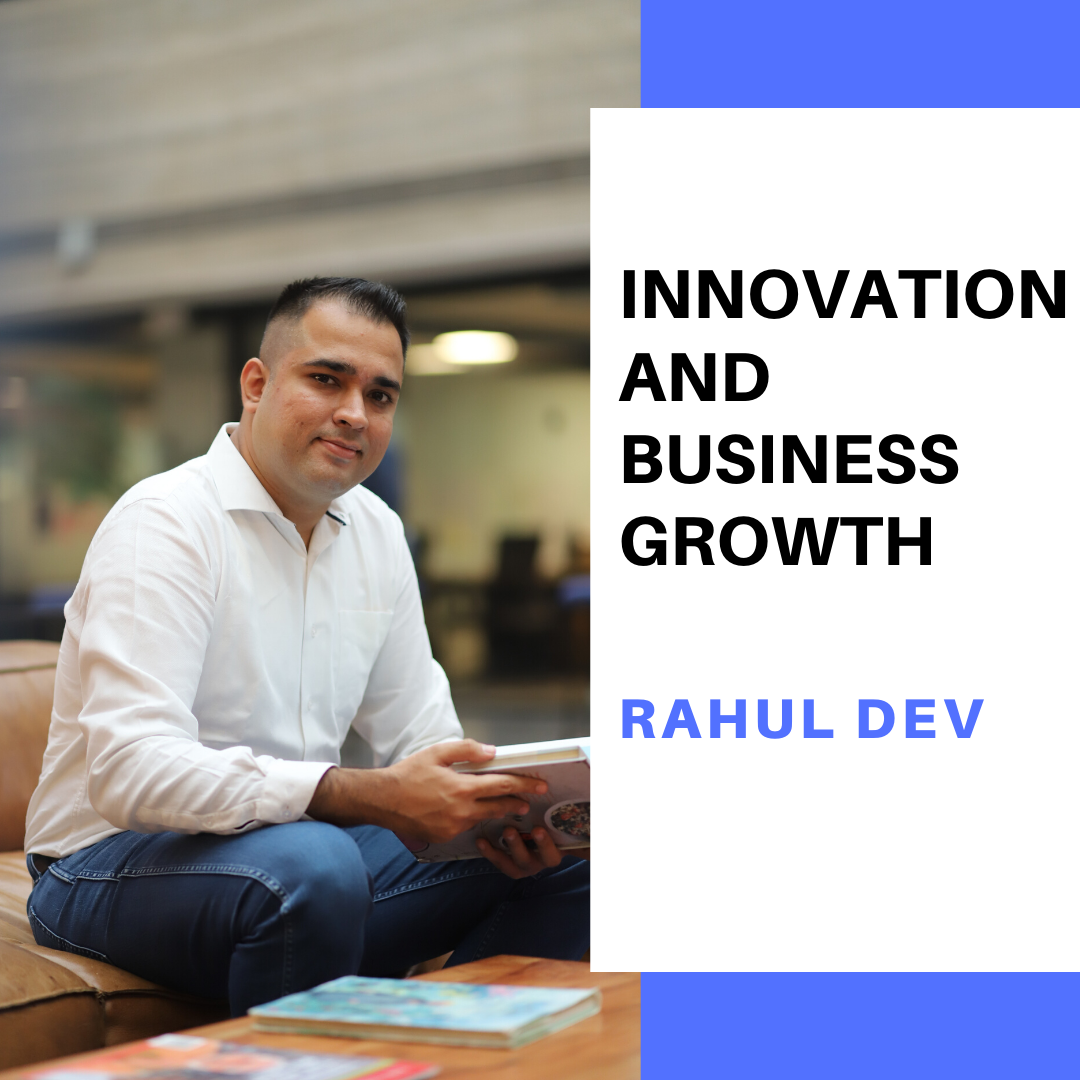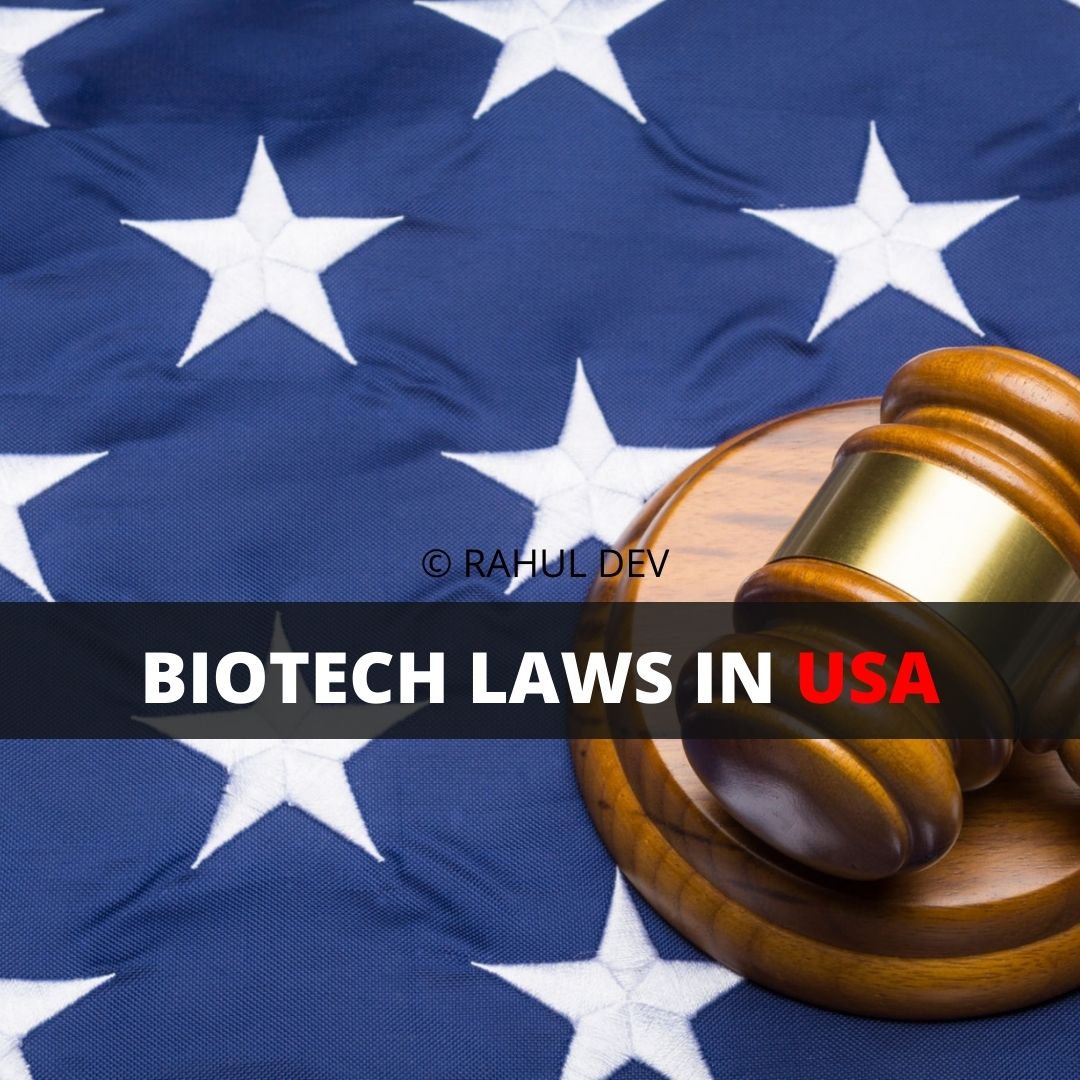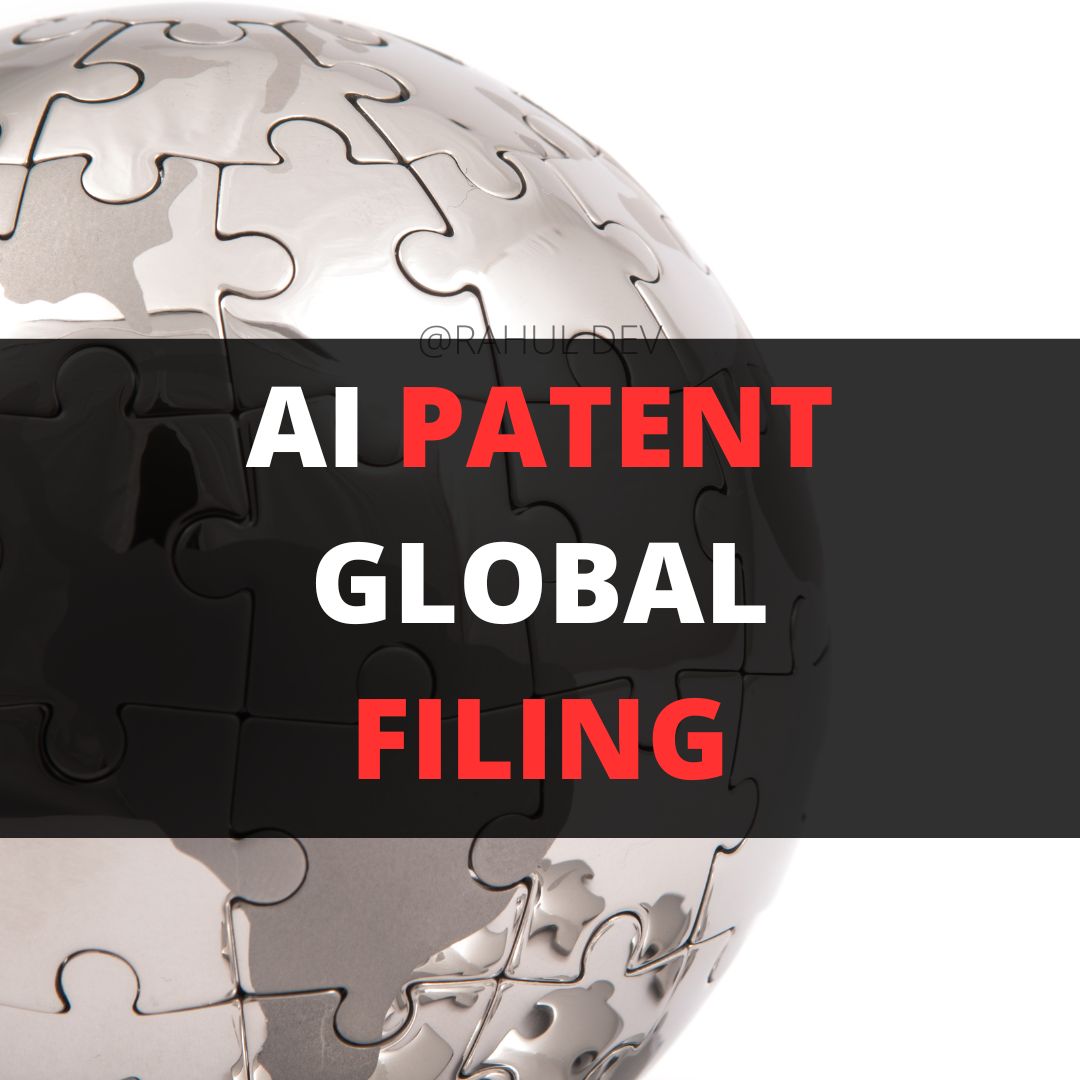Labelling
Federally, the FDA and USDA have controlled genetically adapted product labels. In cooperation, FDA and USDA agencies inspect whether a label is incorrect or deceptive, which is termed misbranding. The FDA is accountable for bioengineered human and animal food, drugs, and cosmetic products, and cannot pre-approve labels of these products.
The USDA is accountable for reviewing labels of genetically modified meat, poultry, and egg products, verifying all labels are not disingenuous. The USDA has pre-marketing authority on labels and needs producers to submit labels for authorization before the product comes into trade.
Labelling products adapted by biotechnology was intentional until lately when Congress passed an Act necessitating the mandatory labeling of bioengineered foods.
This Act required the USDA to generate the National Bioengineered Foods Disclosure Standard (the Standard) to create a national standard for bioengineered foods and pre-empt fluctuating state laws on the issue.
Under the Act, a bioengineered food is a food
“(A) that comprises genetic material that has been changed through in vitro recombinant deoxyribonucleic acid (DNA) techniques; and (B) for which the modification could not then be got through conventional breeding or found in nature.”
Fundamentally, bioengineered foods are modified using rDNA techniques that cannot be attained through conventional breeding or in a natural setting. Built on this definition, the Standard creates labelling and record-keeping necessities for bioengineered foods.
Liability
Liability for biotechnology damages usually surveys traditional common law actions, as no exclusive actions have developed only for damage from transgenic products. Damage from the use of biotechnology generally contains contamination of non-genetically modified organisms by genetically modified ones.
One probable theory for liability may be in an action for trespass. When transgenic pollen moves from the field where it is produced against another’s property, a physical invasion may follow. If this invasion results in damage, then an action for trespass may be a suitable choice.
Strict liability may also be an opportunity for the recovery of damages if a farmer is damaged by a neighbor’s transgenic crop. First, increasing transgenic crops must be chosen as an oddly dangerous activity.
Then, the injured party can recover notwithstanding precautions taken by the other party. Though, representing that raising transgenic crops is an abnormally dangerous activity is becoming more problematic with the extensive use of such crops.
Negligence is also a probable method of establishing liability by requiring that biotechnology companies and farmers using transgenic crops use reasonable precautions to prevent damage to other parties. Forces that neglect to reasonably safeguards others from the threats related to transgenic organisms may encounter penalties in the shape of negligence actions.
A private nuisance is also a theory that can be used to discuss liability onto users of biotechnology. Liability may arise if it can be shown that the use of transgenic organisms unreasonably interfered with the quiet use and enjoyment of a neighbor’s land and caused significant harm.
Public nuisance authorizes a private individual or group to reclaim damages and to avoid additional damage to the public. There is no law of specific damage to land ownership. To recover, the necessary damage is a display of excessive interference to the right of the people.
To recover, the individual who pursues the action must have been damaged in a special manner distinct from the harm suffered by the general public and must demonstrate that cultivating a specific transgenic harvest infringed on freedom available to the general public.
Intellectual Property
Intellectual property rights provide incentives for the development of novel products by recompensing inventors or developers with protections such as special rights for the production, using, and selling of the novel product. Biotechnology investigation is costly, and its commodities are lucrative.
Though, the technology itself is easily noticed by scientific tests. These factors are leading to the rapid development of intellectual property rights in biotechnology, and in turn, the development of intellectual property rights fuels the scientific advancement of biotechnology.
Until the Plant Patent Act of 1930 (“PPA”), living organisms were deemed unpatentable as they are creations of nature and likely did not satisfy the prerequisites of utility patents. The PPA authorizes creators of recent and different plants to curb the asexual duplication, exchange, and practice of patented plants. It does not safeguard sexually generated plants.
The Plant Variety Protection Act of 1970 (PVPA) provides protections to breeders who make new and distinct varieties of sexually formed plants. It stops the unauthorized sale or growing of a protected plant. The protection comprises both the plant and its seeds and lasts for twenty years. The PVPA moreover includes immunity for farmers who conserve seed for their usage and immunity for analysis through the excused plant.







